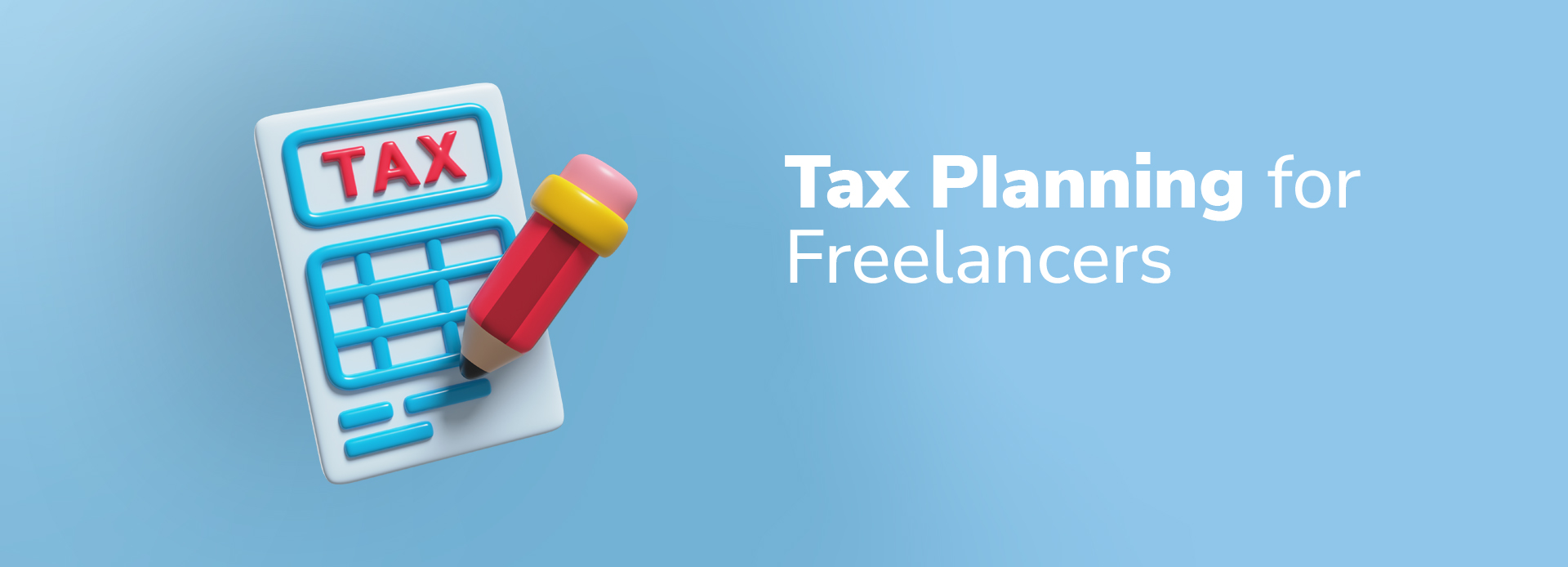


Discover different pricing models and learn which one works best for your freelance business...
Read More →.png)
Learn proven techniques to confidently ask for what you're worth while maintaining positive client relationships...
Read More →Don't overlook these often-missed business expenses that could be costing you thousands each year...
Read More →
Practical strategies to reduce non-billable work and focus on what actually makes you money...
Read More →
Essential tax considerations that affect how much you should be charging to cover your tax obligations...
Read More →
Recognize the signs that it's time to increase your prices as your freelance business grows...
Read More →Start by inputting your desired annual income. This is the amount you want to take home after taxes and business expenses. Be realistic but don't sell yourself short - remember this is your livelihood.
Include all annual business costs like software subscriptions, insurance, equipment, office space, professional development, and any other expenses related to running your freelance business.
Specify how many vacation and sick days you plan to take each year. Remember, as a freelancer you don't get paid time off, so you need to factor this into your rates.
Freelancers typically spend 20-40% of their time on non-billable tasks like admin, marketing, and professional development. Be honest about how much time you spend on these activities.
Determine how many hours per week you realistically expect to work on billable client projects. This will vary depending on your work style and the type of services you offer.
The calculator provides estimates based on the information you provide. The more accurate your inputs (especially regarding expenses and non-billable time), the more precise your rate calculation will be. We recommend reviewing your actual numbers quarterly as your business evolves.
The calculator shows you the minimum rate needed to meet your goals. Depending on your experience, market demand, and competition, you may be able to charge more. Use this as a baseline, then adjust based on market research.
The calculator doesn't specifically account for taxes as tax situations vary widely. We recommend consulting with a tax professional to understand your obligations, then adding an appropriate percentage to your desired income to cover taxes.
If you're having trouble getting clients at your calculated rate, consider whether you need to improve your marketing, specialize in a higher-value niche, or gradually increase rates with existing clients. The calculator helps you understand what you need to earn - it's up to you to communicate your value.
We recommend recalculating whenever your financial situation changes significantly - if you move to a higher-cost area, have major expense changes, or adjust your income goals. At minimum, review your rates annually.
Hourly rates charge clients for actual time spent, while project rates charge a fixed price for the entire project. The calculator helps you determine both - your hourly rate becomes the basis for quoting project rates based on estimated hours.
Track your time for a few weeks to see what percentage goes to admin, marketing, learning, etc. Most freelancers find 20-40% of their time is non-billable. If you're just starting, err on the higher side as you'll spend more time finding clients.
Yes, any business-related expenses including health insurance, retirement contributions, and other benefits you provide yourself should be included in your annual business expenses.
The calculator works for any amount of billable hours. Just adjust the "billable hours per week" to reflect your actual availability. Remember that expenses and non-billable time may be proportionally higher for part-time freelancers.
Communicate rate increases well in advance, tie them to improved services or results, and consider grandfathering existing clients at current rates for a limited time. Our blog has detailed articles on this transition process.